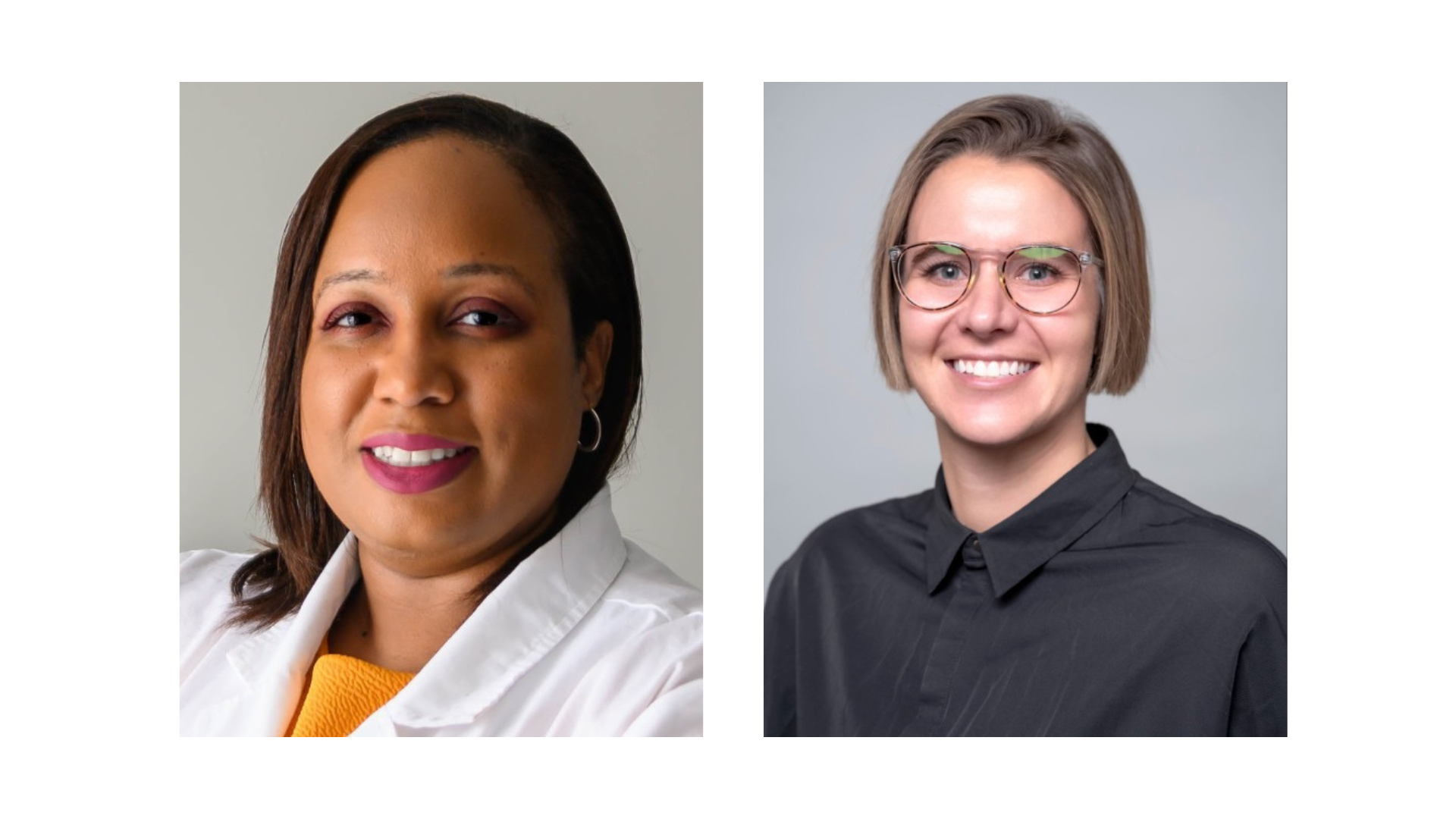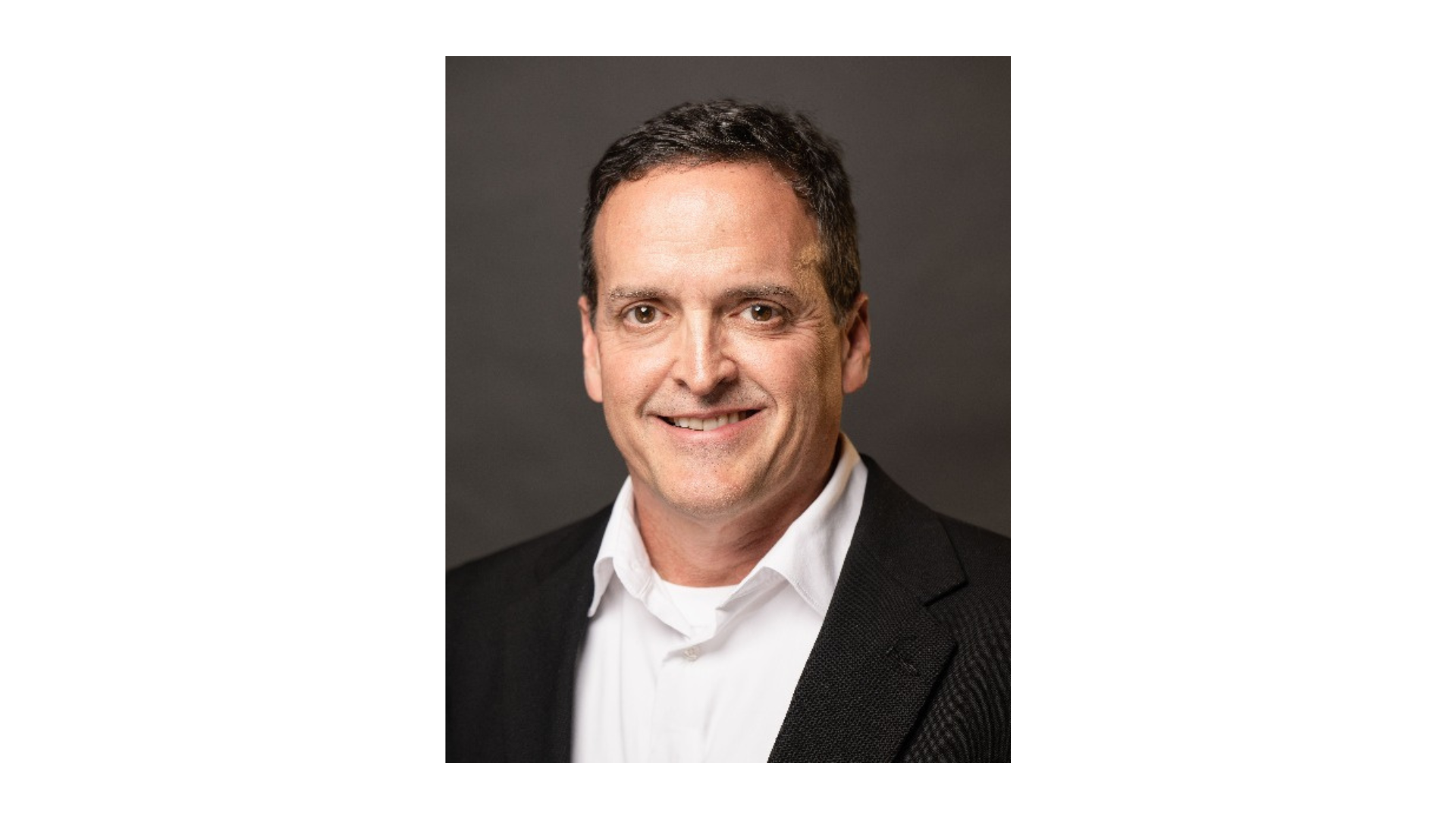How 100 Wounds Led to a 20-Year Mission
July 19, 2017
By Jeanne Cunningham, Founder of WoundSource
After seeing about 100 pictures of wounds, I was beginning to feel sick. The year was 1985 and there I was, a recent college graduate in my 20s, sitting in a cramped office at the Crozer Chester Medical Center in Chester, PA, watching slide after slide of feet, elbows, legs, bottoms, in fact, every part of the human body with open, colorful wounds.
The ET Nurse who was showing me her slides described each picture in both clinical and layperson terms, giving the name and context to each, and for me, the devastated flesh became someone's grandfather. That afternoon, the suffering that I never knew existed was given a face and a story, and my desire to help in some way was born.
That ET Nurse was Peggy Felice (later Peggy Sunwoo), and she was to be my first mentor and guide into the world of wound care. Peggy was on the advisory board of the journal where I worked, and since she was in my local area, she had invited me to visit her at her work in order for me to learn more about wounds and skin care by looking at her slides.
Peggy's office was like sitting in a small beige closet. Every flat surface was covered with paperwork, books and journals. Heaped in a towering pile on the floor next to the four-drawer filing cabinet in the corner was a two-foot stack of wound, skin care and ostomy product brochures and pamphlets lugged home from conferences.
The Inception of WoundSource
In those pre-Internet days, conferences such as the International Association for Enterostomal Therapy (IAET) were not only the source of professional development and networking, but also an important venue for gathering product information in the form of printed literature. In fact, at one show that I attended, I remember seeing an exhibitor handing out shipping boxes to attendees for them to send home their precious stash of product literature.
Out of the hundreds of pictures that I saw that afternoon, one picture that I never forgot was of the pressure ulcer of an elderly woman. Peggy told me that the woman had fallen in her kitchen and was not able to get up from the floor to call for help. As she lived alone, she lay there for several days before she was found by a concerned neighbor. By that time, the tissue had died, and she had a very large stage 4 wound. I was shocked, never having imagined that bodies could break down in that way.
Peggy, like most folks in wound care that I’ve met over the years, had humorous stories to tell alongside the heartrending ones. For example, she was very excited about the new hydrocolloid dressings for "moist wound healing," which was a new concept at that time. She told me that she had been mowing her lawn and had somehow cut off the tip of one of her toes with the mower blade. Realizing that by the time she made it to the ER there would be little chance of saving the end of her toe, she quickly decided to treat it herself by putting it back on with a piece of DuoDERM®. “It saved my toe,” she said with a laugh.
That afternoon became a turning point in my life, although I didn’t know it at the time. Peggy’s leaning tower of unfiled product literature provided me with the beginnings of the idea for WoundSource. Her pictures and stories of the people (including herself) whose wounds she had treated showed me the human face of wounds and gave it the face of a loved family member.
Peggy passed away before I had the chance to tell about the impact her slide show had on me back then. To this day, that sense of mission continues to drive everything we do here at WoundSource. For 20 years, we’ve been focused on one mission: to provide independent, credible and unbiased information to help clinicians and decision makers make informed choices about wound care products for their patients. My vision is to see WoundSource continue its role of helping wound care clinicians help their patients for the next 20 years.
About the Author
Jeanne Cunningham is the president, publisher, and founder of Kestrel Health Information, Inc., the publishers of WoundSource.
The views and opinions expressed in this content are solely those of the contributor, and do not represent the views of WoundSource, HMP Global, its affiliates, or subsidiary companies.











